
Monocular Cues
Understanding Monocular Cues
Monocular cues are essential components of visual perception, allowing individuals to interpret depth and distance using just one eye. These cues play a significant role in how we perceive the world around us, influencing everything from simple navigation to complex artistic endeavors. This article delves into the various types of monocular cues, their functions, and their importance in visual processing.
What Are Monocular Cues?
The term "monocular" refers to the use of a single eye. Monocular cues encompass a variety of visual signals that assist in depth perception and spatial awareness. Unlike binocular cues, which rely on the input from both eyes, monocular cues can be utilized independently, making them crucial for individuals who may have vision in only one eye.
Types of Monocular Cues
Monocular cues can be categorized into several types, each contributing uniquely to our understanding of the environment. The following are some of the most prominent monocular cues:
- Relative Size: This cue suggests that objects of known size appear smaller when they are farther away. For instance, two cars of the same model will appear different in size depending on their distance from the observer.
- Interposition: When one object overlaps another, the object that is obscured is perceived as being farther away. This cue is commonly observed in natural landscapes where trees may block the view of mountains.
- Linear Perspective: Parallel lines appear to converge as they recede into the distance. This phenomenon is evident in long roads or railway tracks, which seem to meet at a point far away.
- Texture Gradient: The texture of surfaces appears finer and less detailed as the distance increases. This cue is particularly noticeable in fields or carpets, where the texture becomes less discernible further away.
- Shading and Lighting: The way light interacts with objects can provide cues about their shape and position. Shadows can indicate the direction of light and the three-dimensional form of an object.
- Motion Parallax: As an observer moves, objects closer to them appear to move faster than those farther away. This cue is particularly useful in dynamic environments, such as driving or walking.
The Role of Monocular Cues in Depth Perception
Depth perception is the ability to perceive the world in three dimensions and to judge the distance of objects. Monocular cues significantly enhance this ability, allowing individuals to navigate their surroundings effectively. For example, when viewing a painting, the artist may employ linear perspective to create an illusion of depth, guiding the viewer's eye through the composition.
In addition to artistic applications, monocular cues are vital in everyday life. They assist in tasks such as driving, where understanding the distance of vehicles and pedestrians is crucial for safety. Furthermore, monocular cues are utilized in various fields, including architecture, photography, and virtual reality, where depth perception is essential for creating realistic experiences.
Conclusion
Monocular cues are fundamental to our understanding of the visual world. They provide essential information about depth and distance, enabling individuals to interpret their environment accurately. By recognizing and understanding these cues, one can enhance their visual processing skills, leading to improved navigation and appreciation of visual art. As technology continues to evolve, the principles of monocular cues will remain relevant, influencing how we interact with both the physical and digital realms.



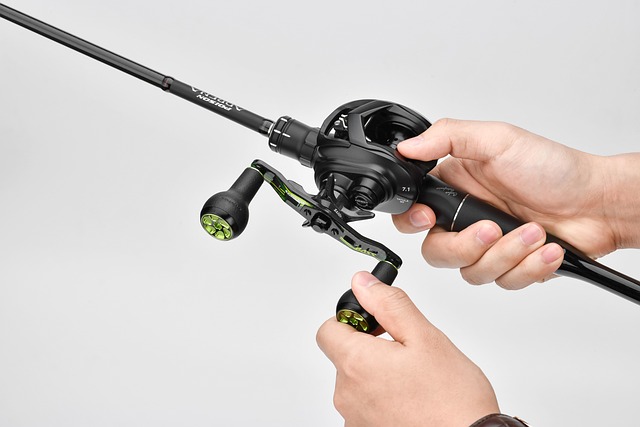





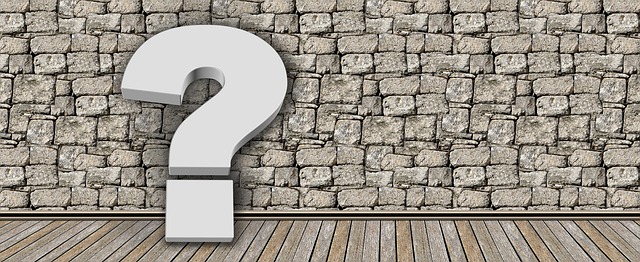


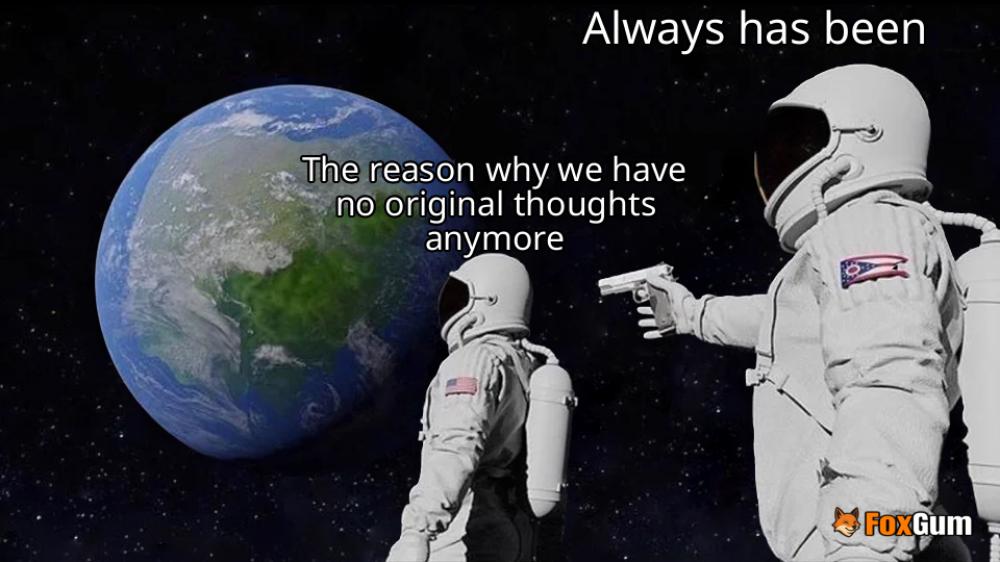


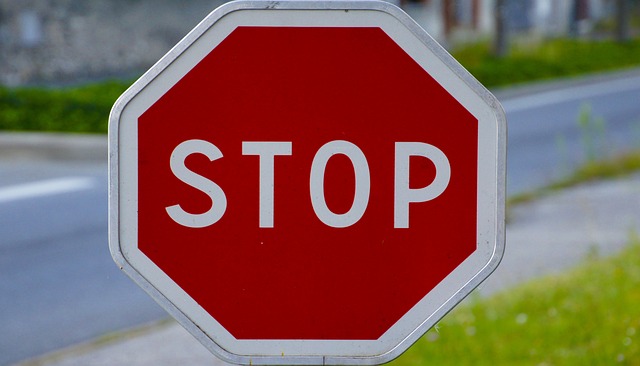
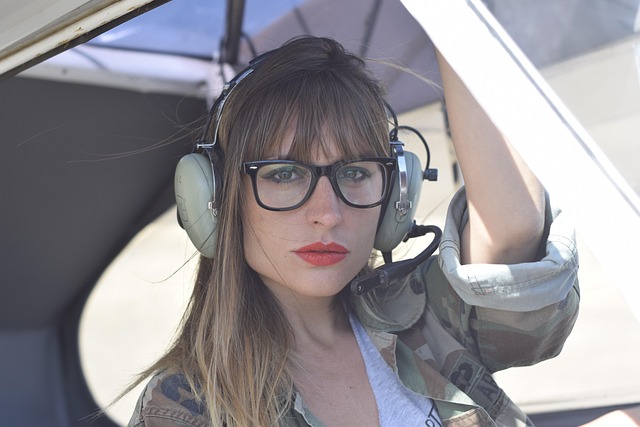
 The Aviation Industry Corporation of China Stock
The Aviation Industry Corporation of China Stock 
 Health
Health  Fitness
Fitness  Lifestyle
Lifestyle  Tech
Tech  Travel
Travel  Food
Food  Education
Education  Parenting
Parenting  Career & Work
Career & Work  Hobbies
Hobbies  Wellness
Wellness  Beauty
Beauty  Cars
Cars  Art
Art  Science
Science  Culture
Culture  Books
Books  Music
Music  Movies
Movies  Gaming
Gaming  Sports
Sports  Nature
Nature  Home & Garden
Home & Garden  Business & Finance
Business & Finance  Relationships
Relationships  Pets
Pets  Shopping
Shopping  Mindset & Inspiration
Mindset & Inspiration  Environment
Environment  Gadgets
Gadgets  Politics
Politics 